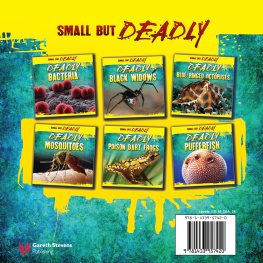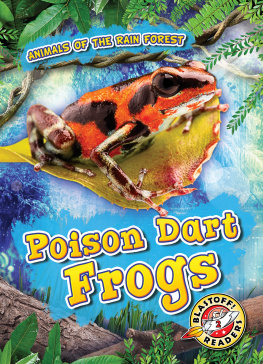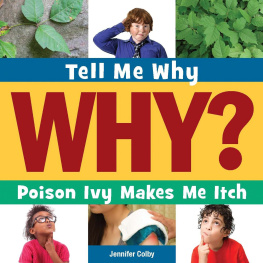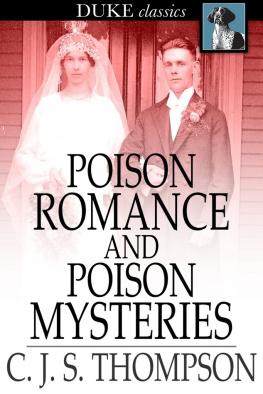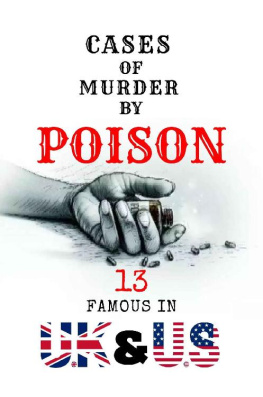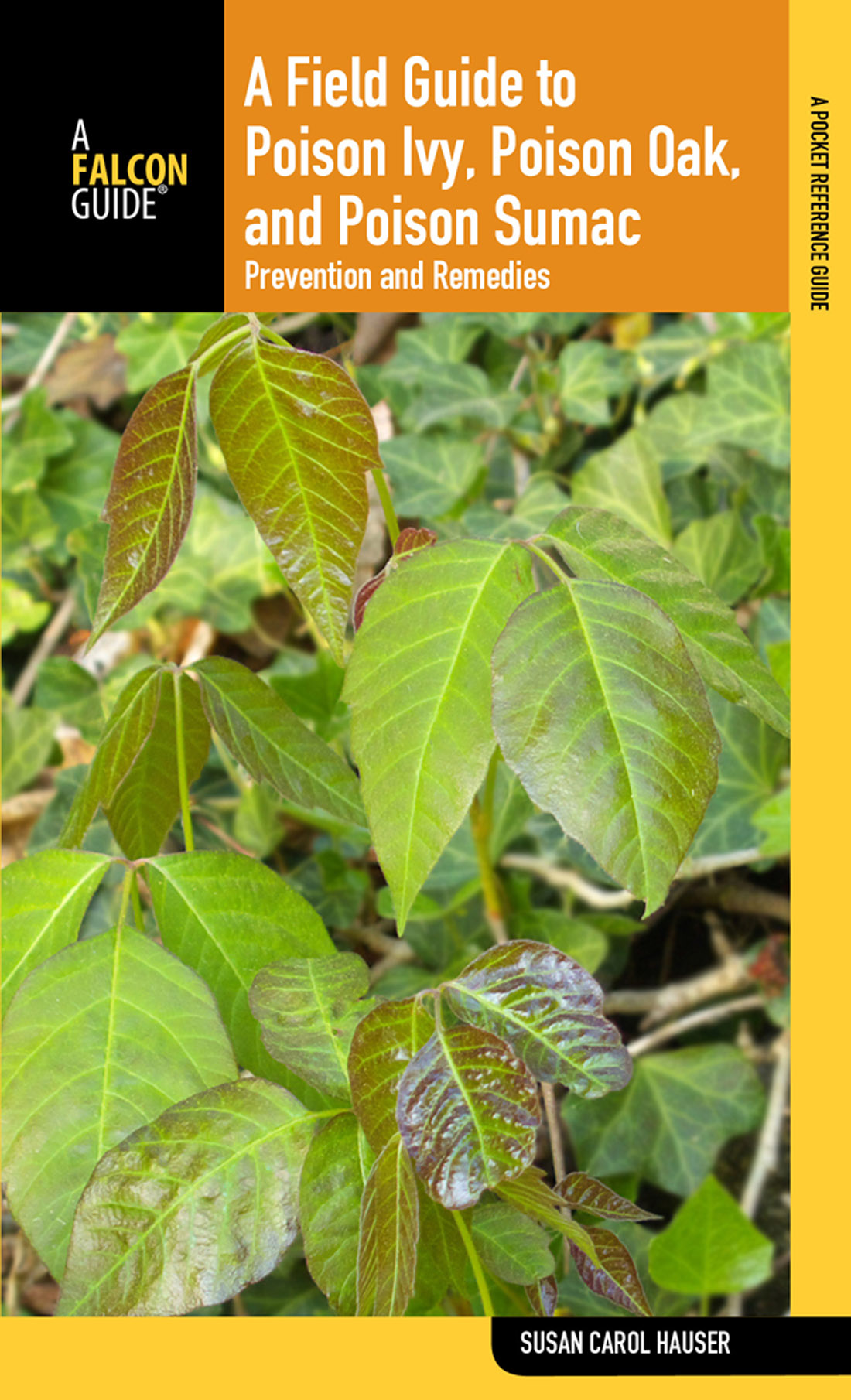A Field Guide to Poison Ivy, Poison Oak, and Poison Sumac
Help Us Keep This Guide Up to Date
Every effort has been made by the author and editors to make this guide as accurate and useful as possible. However, many things can change after a guide is publishedscience progresses, regulations change, techniques evolve, facilities come under new management, and so on.
We welcome your comments concerning your experiences with this guide and how you feel it could be improved and kept up to date. While we may not be able to respond to all comments and suggestions, well take them to heart, and well also make certain to share them with the author. Please send your comments and suggestions to the following address:
The Globe Pequot Press
Reader Response/Editorial Department
P.O. Box 480
Guilford, CT 06437
Or you may e-mail us at:
editorial@GlobePequot.com
Thanks for your input, and stay healthy!
FALCON GUIDES
Copyright 1996, 2001, 2008 by Susan Carol Hauser
Previously published by The Lyons Press as Outwitting Poison Ivy in 2001 and Natures Revenge in 1996.
Foreword copyright 1996, 2001, 2008 by William L. Epstein, M.D.
ALL RIGHTS RESERVED. No part of this book may be reproduced or transmitted in any form by any means, electronic or mechanical, including photocopying and recording, or by any information storage and retrieval system, except as may be expressly permitted in writing from the publisher. Requests for permission should be addressed to The Globe Pequot Press, Attn: Rights and Permissions Department, P.O. Box 480, Guilford CT 06437.
Falcon and FalconGuides are registered trademarks of Morris Book Publishing, LLC.
Text design by Sheryl P. Kober
Grateful acknowledgment is made to the following for permission to reprint previously published material:
Arnoldia : Illustrations from Poison Ivy and Its Kin, 1975 by Arnoldia.
Reprinted by permission of Arnoldia.
Clinics in Dermatology: Illustrations from Toxicodendrons in the United States, 1986 by Clinics in Dermatology . Reprinted by permission of Elsevier Science, Inc.
Rhodora : Illustrations from The Systematics and Ecology of Poison Ivy and Poison Oak, 1971 by Rhodora . Reprinted by permission of Rhodora.
Library of Congress Cataloging-in-Publication Data
Hauser, Susan, 1942-
[Natures revenge]
A field guide to poison ivy, poison oak, and poison sumac : prevention and remedies / Susan Carol Hauser ; foreword by William L. Epstein. 3rd ed.
p. cm.
Previously published by The Lyons Press as Outwitting Poison Ivy in 2001 and Natures Revenge in 1996. Preface.
Includes bibliographical references and index.
ISBN 978-0-7627-4741-2
1. UrushiolToxicology. 2. Poison ivy. 3. Poison oak. 4. Poison sumac. I. Title.
RA1242.U78H38 2008
615.952377dc22
2007049923
Printed in the United States of America
10 9 8 7 6 5 4 3 2 1
To buy books in quantity for corporate use or incentives, call (800) 962-0973 or e-mail premiums@GlobePequot.com.
The author and The Globe Pequot Press assume no liability for accidents happening to, or injuries sustained by, readers who engage in the activities described in this book.
For Emery, who has waited.
Foreword
As a medical expert on poison ivy and poison oak who answers many inquiries about the subject from sufferers of this very annoying skin condition, I am delighted to be able to endorse this compact, well-written, and very informative book. The text is direct and accessible, answering a variety of questions raised to me over the years about these pesky weeds.
It is rather amazing to consider the range of misconceptions about this topic that are held not only by the public but also by many physicians. For example, a lot of people believe that poison ivy/oak/sumac leaves emanate a gas that can float over them, even if the leaves dont touch their bodies. As you will learn in this book, urushiol, the allergenic oil in poison ivy/oak/sumac, has the consistency and almost the color of 3-in-1 oil. When it is heated, it spatters like butter, rather than turning into a gas. That does not mean that downwind of a fire you will not come into contact with the oil. The spattered urushiol will land on smoke particles and can produce very serious rashes.
Urushiol also travels on the fur of pets, so this is often the source of reactions of unexplained origin. When I am told the story of someone who never leaves the house but still regularly gets poison ivy/oak/sumac, I ask a few questions that usually reveal that a pet, either a cat or a dog, goes out into the woods near poisonous plants, brings back the oil on its fur, and immediately transfers the oil to the suffering owner.
Another common mystery surrounding poison ivy/oak/sumac reactions is the change in an individuals immunity. I sometimes get a call from frantic parents who report that their twelve-year-old child has returned from camp with a horrendous bout of poison ivy/oak/sumac dermatitis, even though the child has attended the same camp for seven or eight years without any problems. It is likely that the plants were there all along, but the child had not become sensitized to urushiol and will react every time he or she comes into contact with it.
It seems as though everyone is looking for a way to cure or prevent poison ivy/oak/sumac dermatitis. Many people write to me with news of their secret cure. Unfortunately most of these lay concoctions are useless and appear to work in only a minority of people, probably through the placebo effect. One common misconception is that you can become immune to poison ivy/oak/sumac by drinking the milk of goats that have fed on the plant. As you read through A Field Guide to Poison Ivy, Poison Oak, and Poison Sumac, you will learn, among myriad other things, that goats do not exude the active antigen in their milk, and there is no evidence to support the notion that the milk prevents a reaction to these poisonous plants.
Much also has been said about the plants that grow around poison ivy and poison oak, suggesting they contain something that helps make you immune. The list of so-called cures is endless, and, suffice it to say, not a single one of those tested has proven to have any preventive value. In fact even the medically accepted treatment of poison ivy/oak/sumac dermatitis is not very satisfactory. In this book you will discover that over-the-counter treatments are far from acceptable, and the only thing that really works is high doses of systemic corticosteroids, used by dermatologists to treat people who are very sensitive and have explosive bouts of the dermatitis.
Control through prevention is a relatively new area of research, which has been initiated mostly at the behest of the USDA Forest Service. When firefighters come to fight forest fires in California, Oregon, and southern Washington, about one-third of them must leave the fire line because of poison oak dermatitis. We who have looked into this problem have tried to find methods to protect those who are moderately sensitive. Information on how to do this can be found in this book.
So what of the future? Several years ago the Food and Drug Administration decreed that all poison ivy/oak/sumac antigens, used for allergy shots, be removed from the market because the suppliers had not fully complied with regulations. At present several companies are working to meet these standards. Other molecular biologists are attacking the problem by developing vaccines that would block the T-cells poison ivy/oak/sumac receptors in sensitive people, in effect knocking out the T-cells ability to recognize urushiol when it is present in skin. This sounds like science fiction but probably is doable; and perhaps in the near future, we will see molecules available for human use that will be able to prevent people from getting these rashes.




